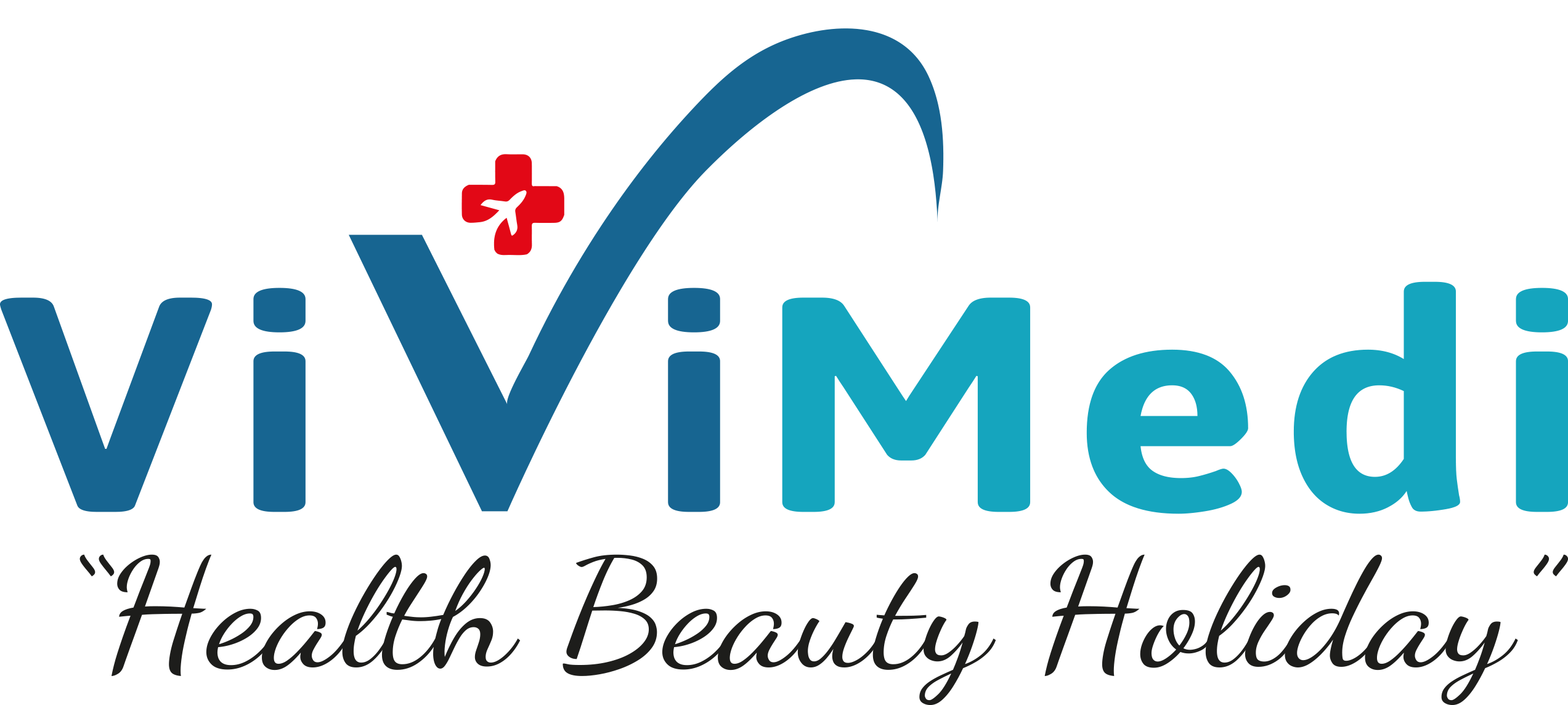Bone augmentation in Turkey is a critical procedure in modern medicine, addressing various issues related to bone loss and deformities across different age groups. This procedure is essential for both the young and the elderly, albeit for different reasons and with distinct challenges. Bone augmentation, also known as bone grafting, is a surgical procedure that aims to restore bone structure and function by transplanting bone tissue. This procedure is crucial for dental implants, ensuring a stable foundation for dental implants, orthopedic surgery, repairing bone fractures and defects, and reconstructive surgery, restoring bone lost due to trauma or disease.
Young People’s Perspective
In children and adolescents, bone augmentation is necessary for reasons such as congenital defects like cleft palate and craniosynostosis, trauma from sports injuries and accidents, and developmental issues such as scoliosis or limb length discrepancies. The challenges in this age group include growth considerations, as children’s bones are still growing, requiring careful planning to avoid disrupting growth plates; healing capacity, since children generally heal faster but the surgical approach needs to minimize the impact on ongoing growth; and material choice, with a preference for autografts (bone from the patient) to avoid rejection and complications. Techniques and approaches in this age group involve autografts, using bone from another part of the patient’s body; allografts, donor bone from a cadaver; and synthetic options like biocompatible materials such as hydroxyapatite.
Old People’s Perspective
For adults, bone augmentation is primarily performed for dental restoration to address bone loss in the jaw for dental implants, orthopedic repairs to treat fractures and joint replacements, and cancer treatment to reconstruct bone removed during tumor excision. The challenges in adults include bone density variations, particularly in post-menopausal women and older men; slower healing rates compared to younger individuals, requiring more precise surgical techniques; and the presence of comorbidities such as diabetes or osteoporosis. Techniques and approaches for adults involve autografts and allografts, similar to those used in younger patients, but with more emphasis on compatibility and integration; bone morphogenetic proteins (BMPs) to stimulate bone growth using naturally occurring proteins; and custom implants utilizing 3D printing to create patient-specific implants for better outcomes.
Final Conclusion
Bone augmentation is a versatile and essential procedure tailored to the needs of individuals across all age groups. While the fundamental goals remain the same—restoring bone function and structure—the approaches and considerations vary significantly between children, adults, and the elderly. Advances in surgical techniques, materials, and biological enhancers continue to improve outcomes, making bone augmentation a cornerstone of modern orthopedic and reconstructive surgery.


